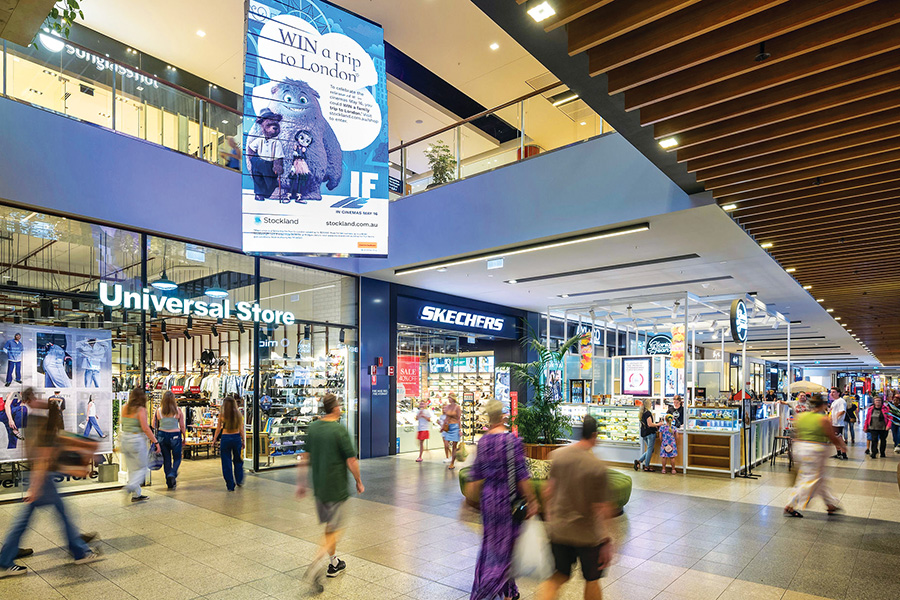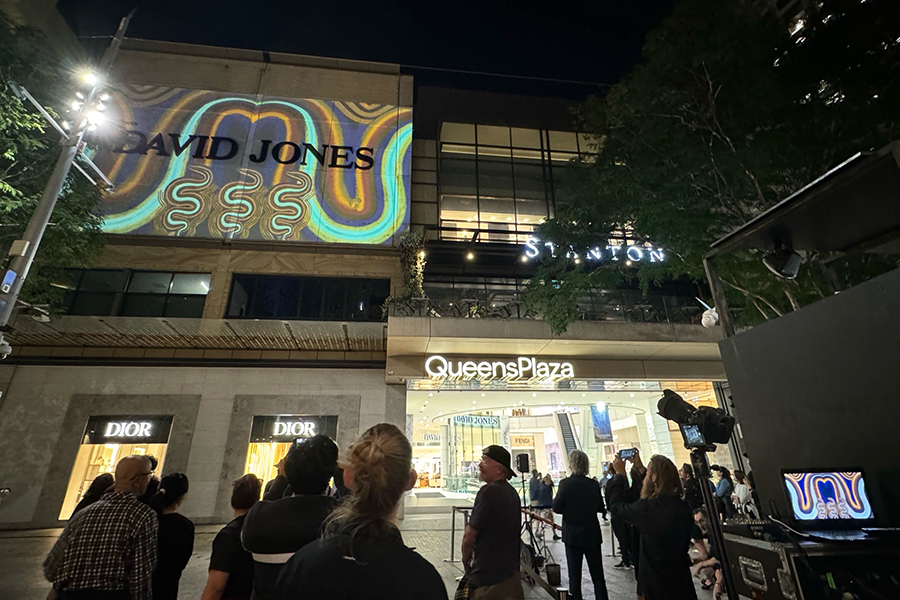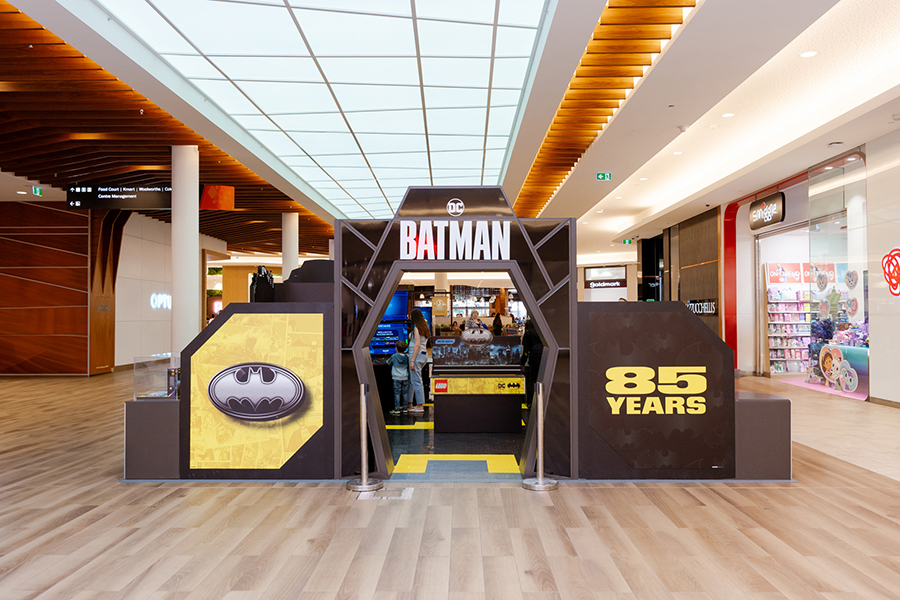If you spend extended time in the major Chinese cities, what you notice is how more developed is the ‘delivery’ industry in relation to retail. It’s normal for an apartment dweller, when they run out of bottled water to just pick up the mobile phone and order it online. It’s delivered within an hour or two. Same goes for almost anything from washing powder to lipsticks! It’s the future and it will impact our centre operations without doubt. We need to think about it.
Delivering the promise is no longer good enough. Promises are fulfilled after the purchase transaction has been concluded and the product, service or application is in the possession of the customer, satisfying their needs and providing advantages, benefits and rewards.
Widespread cynicism in the marketplace devalues or dismisses expectations that are founded on promises. Delivery is like service excellence. It is not possible to ‘sell’ service. Service is experienced, and only then is it valued. The concept of ‘delivery’ has the same characteristics.
Securing orders, sustaining competitive advantage and effectively positioning the offers in the minds of existing, prospective and past clients require the delivery process to be NOW, in-home or at the required and nominated site.
A dramatic emphasis is being assigned, correctly, to the specifics of delivery.
Since the genesis of the marketing era in the early 1960s, the virtues of an efficient, effective and respected supply chain have been recognised, deployed and promoted. A transition is now underway from the broader macro perspective of the supply chain to more discrete, measurable, monitorable and manageable delivery systems – that is, at the point-of-service procedures of customer interaction.
Pizza crunch
Domino’s continues to lead the way with the introduction of a series of mobile apps, which enable customers to place orders, monitor delivery times and schedule ever-decreasing delivery lead times.
Growth in sales and outlets has been impressive, with the latter being primarily delivery hubs. Consumer store visits are declining in absolute and retail terms.
Imagine the demand potential if greater and complementary efforts were dedicated to enhancing the products.
Takeaway value
For restaurants, cafes or coffee lounges in Australia, within two years it is probable that home deliveries will exceed, in order numbers and value, takeaway orders – where customers collect the order and consume the food at home, in the office or a preferred site.
By the year 2021, it is likely that for a significant number of restaurants, cafes and coffee lounges, home deliveries will be the largest component of the business, generating between 35 and 45% of total revenue.
The trend is already evolving and evident in London, New York and an increasing number of contemporary, Western-orientated cities.
Disturbingly, many Australian business owners and managers in the sector are not preparing for transition – or revolution. Some will simply be overtaken in the rush.
Interestingly, UBER and numerous logistic companies are introducing home delivery services to their suite of offerings.
Universal delivery
The trend to the repackaging, promotion and offering of home-site deliveries will not be limited to food and beverage sectors.
Professional services will be, and can be, at the forefront of the transition. This includes pharmacies, legal practices, accountancy firms and real estate practices.
Customers and clients will genuinely be the central focus. The concepts of convenience, access and proximity will necessarily be recalibrated.
Many existing business models will be made redundant, and innovations will be formulated, documented and implemented, requiring new skill-sets and resources.
Digital reality
The transition to, and heightened emphasis on, delivery is part of a broader digital marketplace
Convenience and access are no longer limited to geographic factors. Immediacy and ‘now’ centre on the individual consumer, customer or client. Delivering ‘mass individualisation’ is the new business model and challenge. In commerce, the centre of gravity has shifted.
Capabilities and capacities will remain imperative, but fundamentally they will be the building blocks on which style will differentiate the business, product, service and application; and it will be the style that will determine value.




















